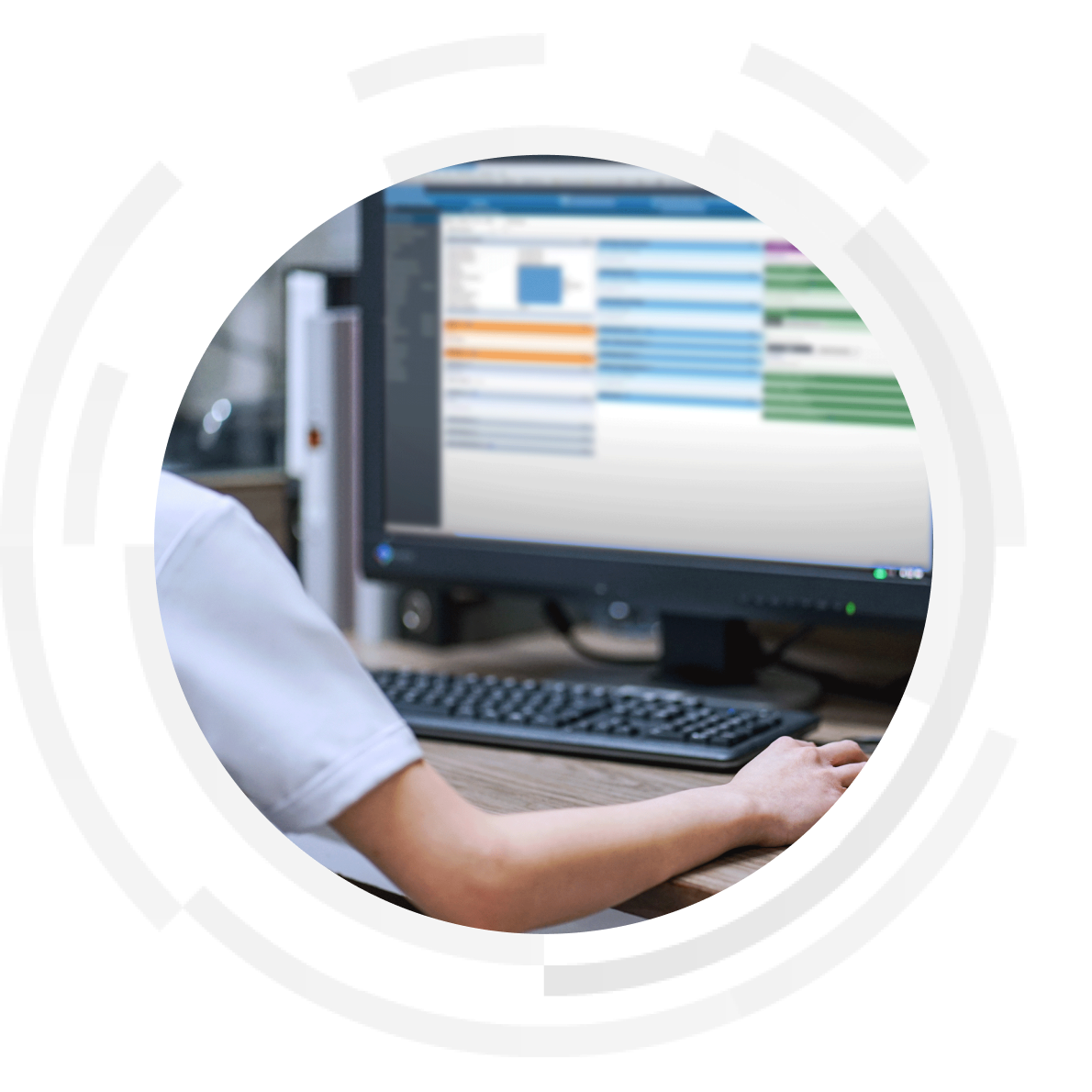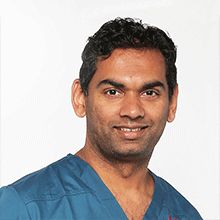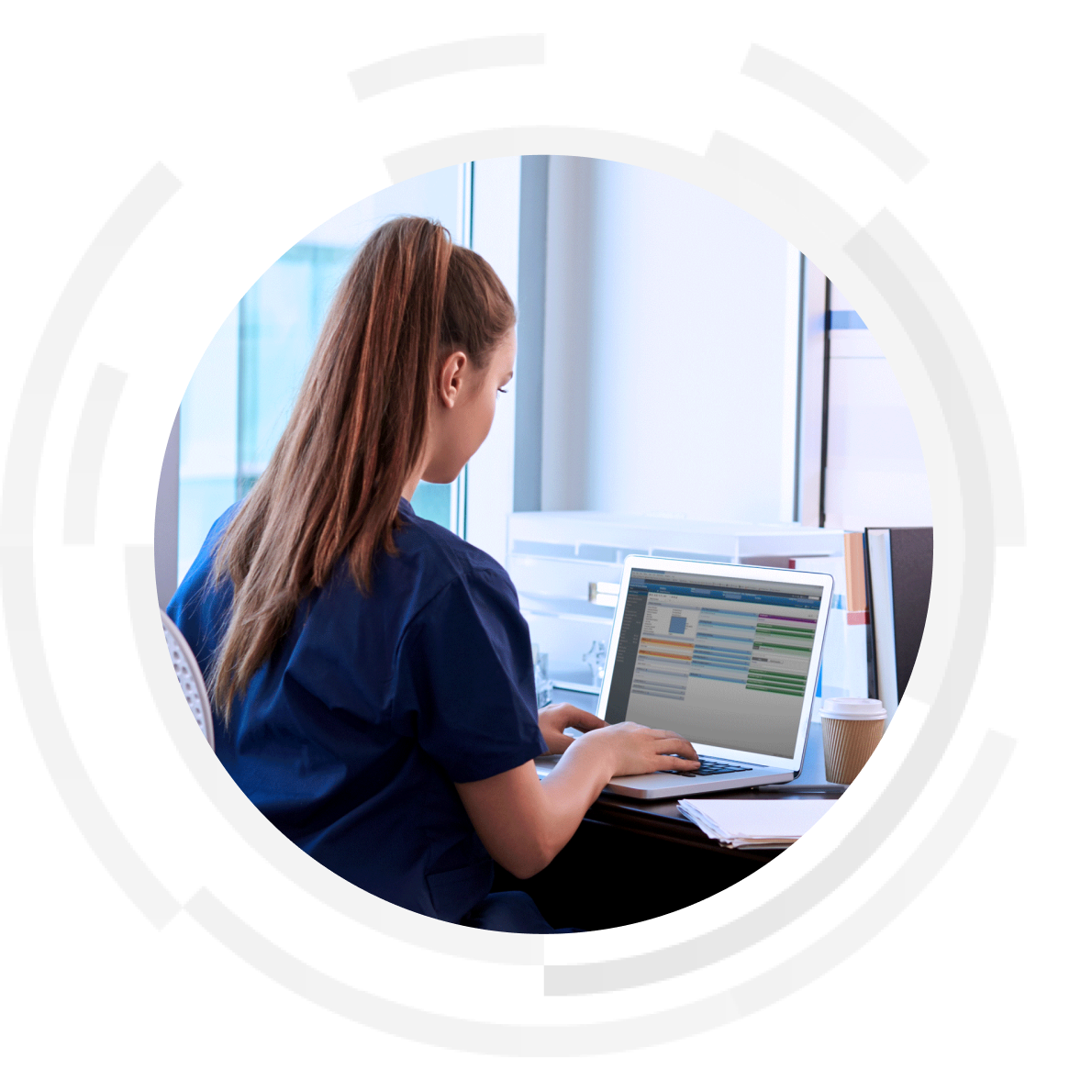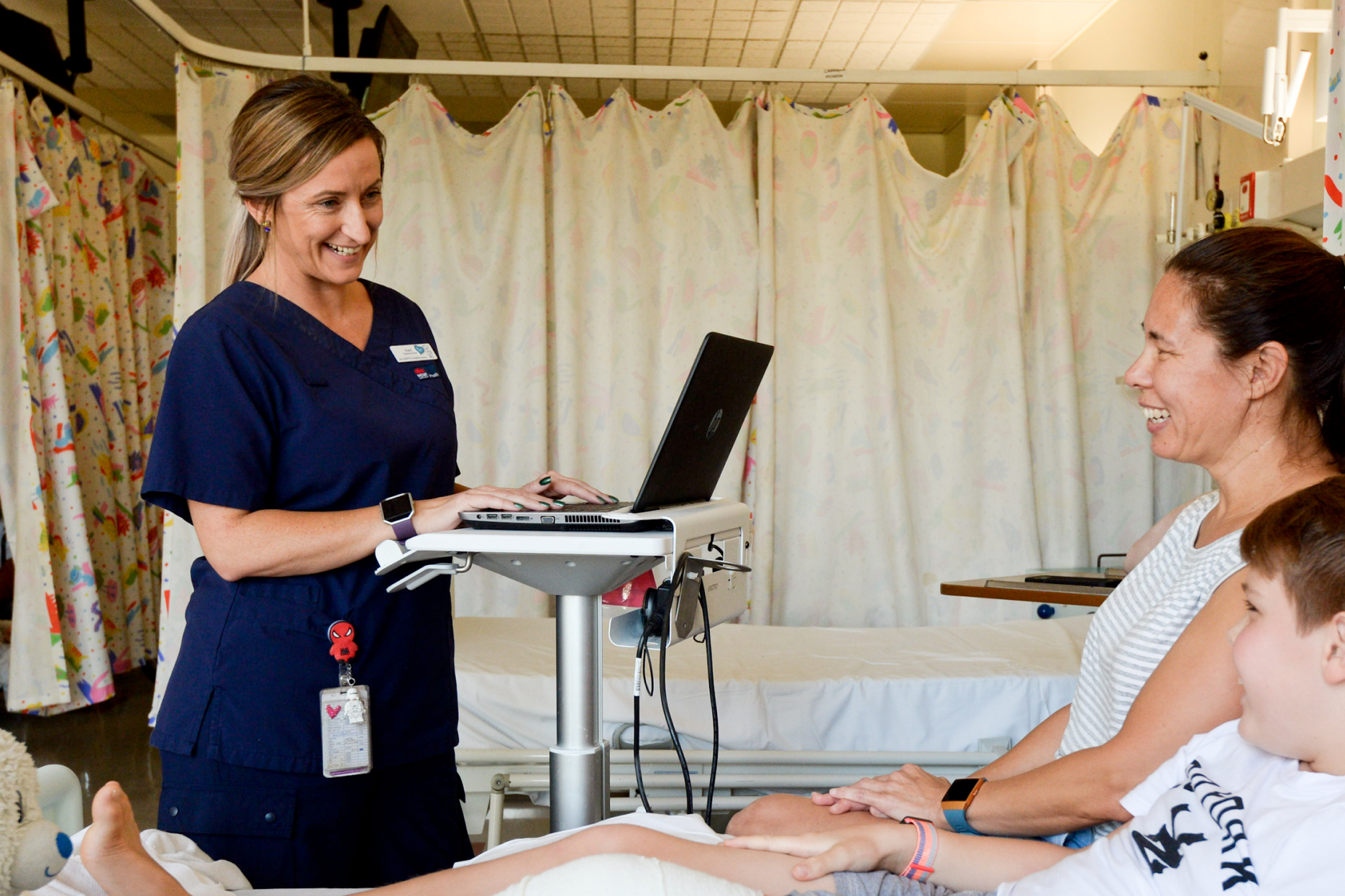
The Challenge
In NSW, patients can receive care from a combination of private and public hospitals, general practices, community health facilities and outpatient clinics. This means that a patient's health information is often spread across a vast number of healthcare facilities and IT systems.
These facilities often use different clinical information systems which are not linked up. When systems don’t connect, patient information is harder for clinicians to access. This makes the continuity of care difficult when patients move across different healthcare settings.
Improvement of clinical information sharing across NSW Health services, as well as private and community healthcare settings will greatly benefit patient care. Increasing visibility of and access to patient information will support better clinical decision-making and improve patient experience.

The Plan
eHealth NSW solved this challenge through the development of HealtheNet, a health information sharing platform and secure clinical portal which:
- Receives and shares clinical information across NSW Health facilities and My Health Record
- Provides NSW Health clinicians with immediate access to an aggregated view of their patient’s health information, including information which resides outside of the public hospital system.
In addition, HealtheNet is able to electronically send NSW Health clinical documents such as discharge summaries, pathology reports, and admission or discharge notifications to a patient’s GP.
Chief Medical Information Officer,
Western Sydney Local Health District


The Outcome
HealtheNet was implemented between August 2012 and June 2015 and is now available across all NSW Health Local Health Districts. It has improved information sharing and communication across public, private and community healthcare settings, giving clinicians access to an overview of patient health information from outside their own local clinical information systems.
This information includes:
- Discharge summaries
- Shared health summaries submitted by GPs
- Dispensed medications
- Up to date immunisation information from the Australian Immunisation Register
- Pathology results, including COVID-19 results
- Radiology imaging studies and reports.
NSW Health clinicians can directly access HealtheNet via their local electronic medical record system. GPs and patients can use My Health Record to view selected NSW Health information shared via HealtheNet.
eHealth NSW manages HealtheNet and provides training and resources for the clinicians that use it.
HealtheNet is regularly updated with recent enhancements including:
- Enabling patient discharge medication information to be viewed by other healthcare providers via the national My Health Record
- Sharing NSW Health Pathology reports from hospital inpatient and emergency departments.

The Benefits
By making so much clinically useful information easily accessible to clinicians in one place, HealtheNet:
- Greatly improves handover and continuity of care between acute and primary care settings
- Saves valuable time searching for needed information
- Provides a more comprehensive picture of a patient to assist clinicians in making more informed decisions
- Reduces duplication of procedures or studies and their associated costs.
key patient documents

